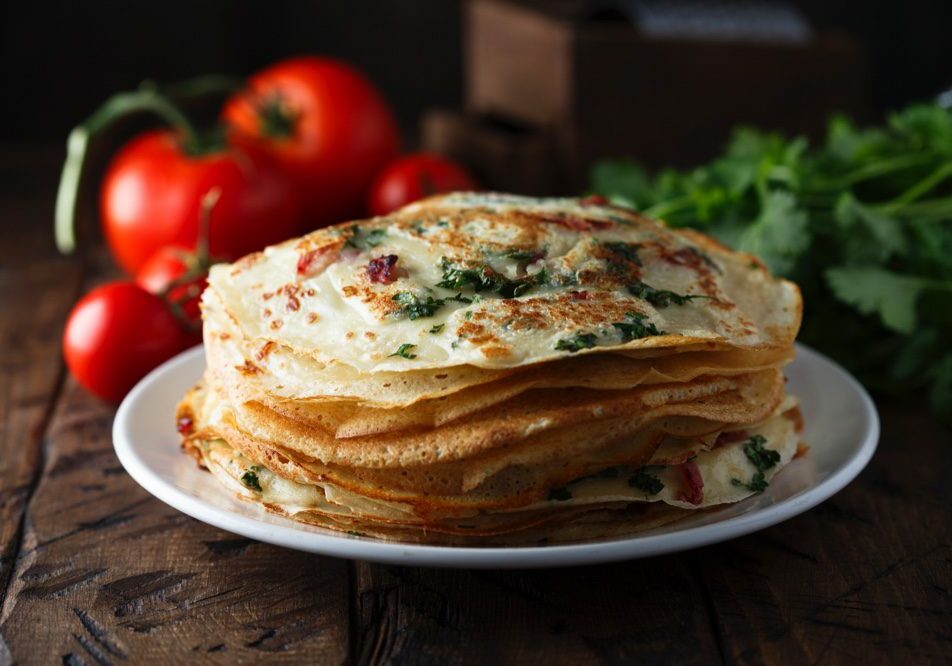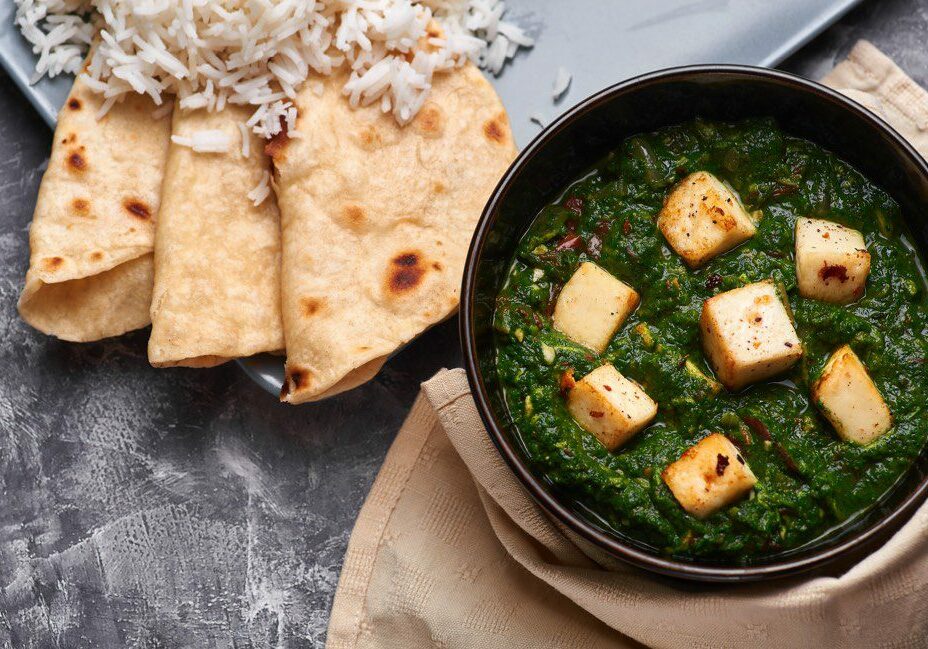When it comes to preparing a meal, your oven is probably the most expensive appliance in terms of the amount of energy it uses – which means it also generates the most carbon emissions.
But using your oven more efficiently and trying alternative cooking methods can cut down on costs and reduce your carbon footprint.
There are some significant steps you can take, such as choosing an electric oven rather than a gas one when buying a new model (electricity is currently more expensive than gas, but it can come from renewable sources). You can also switch to a renewable tariff with your energy supplier.
Our tips here offer some quick, everyday ideas for cooking smarter. You might even save time, as well as money and emissions!
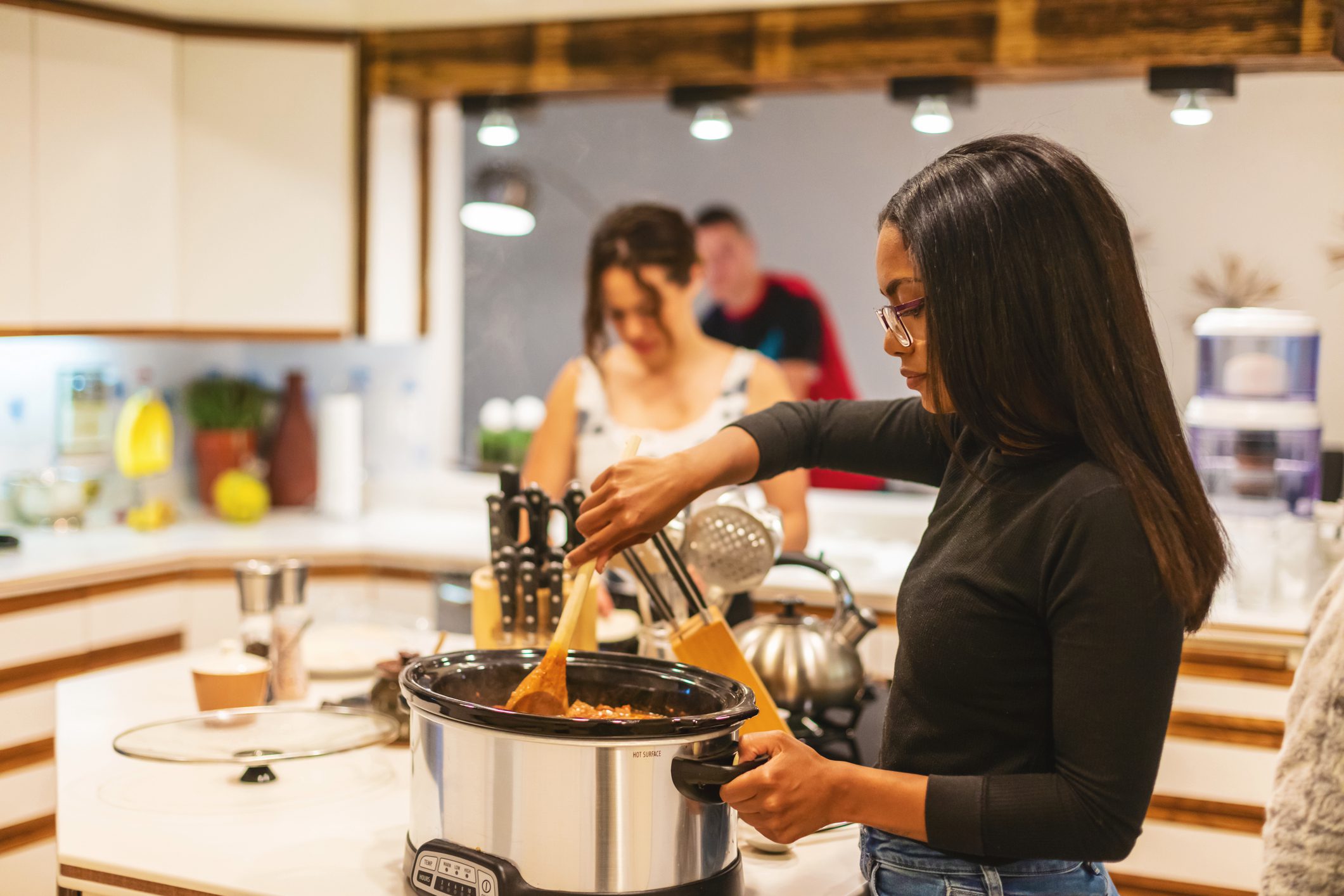
Avoid the oven
Air fryers cook food more quickly than ovens as they blow heat all over the food within a smaller space – but don’t keep opening the drawer or you’ll lose that heat. A slow cooker can run during the day to give you a home-cooked meal in the evening using a little more energy than a traditional lightbulb. And don’t forget the microwave. It heats the food not the air around it, so is great for reheating meals – but don’t shun home-prepared food for ready-meals, which can be worse for the environment in terms of packaging and the ingredients used. With all appliances, check you’re using the most energy-efficient setting.
Heat hacks
Reducing cooking time saves energy and money. Store frozen meals or leftovers in portions so you only reheat the right quantity, and start defrosting in the morning so it’s thawed by dinnertime. Chop meat and vegetables into smaller pieces so they cook faster, and use oven-safe glass or ceramic dishes as they retain heat better than metal. Keep the oven clean so heat is better distributed and progress can be watched through the window – opening the door means heat is lost. In warmer weather, skip the heat entirely by eating salads and other raw dishes – find inspiration with Middle Eastern and Mediterranean recipes.
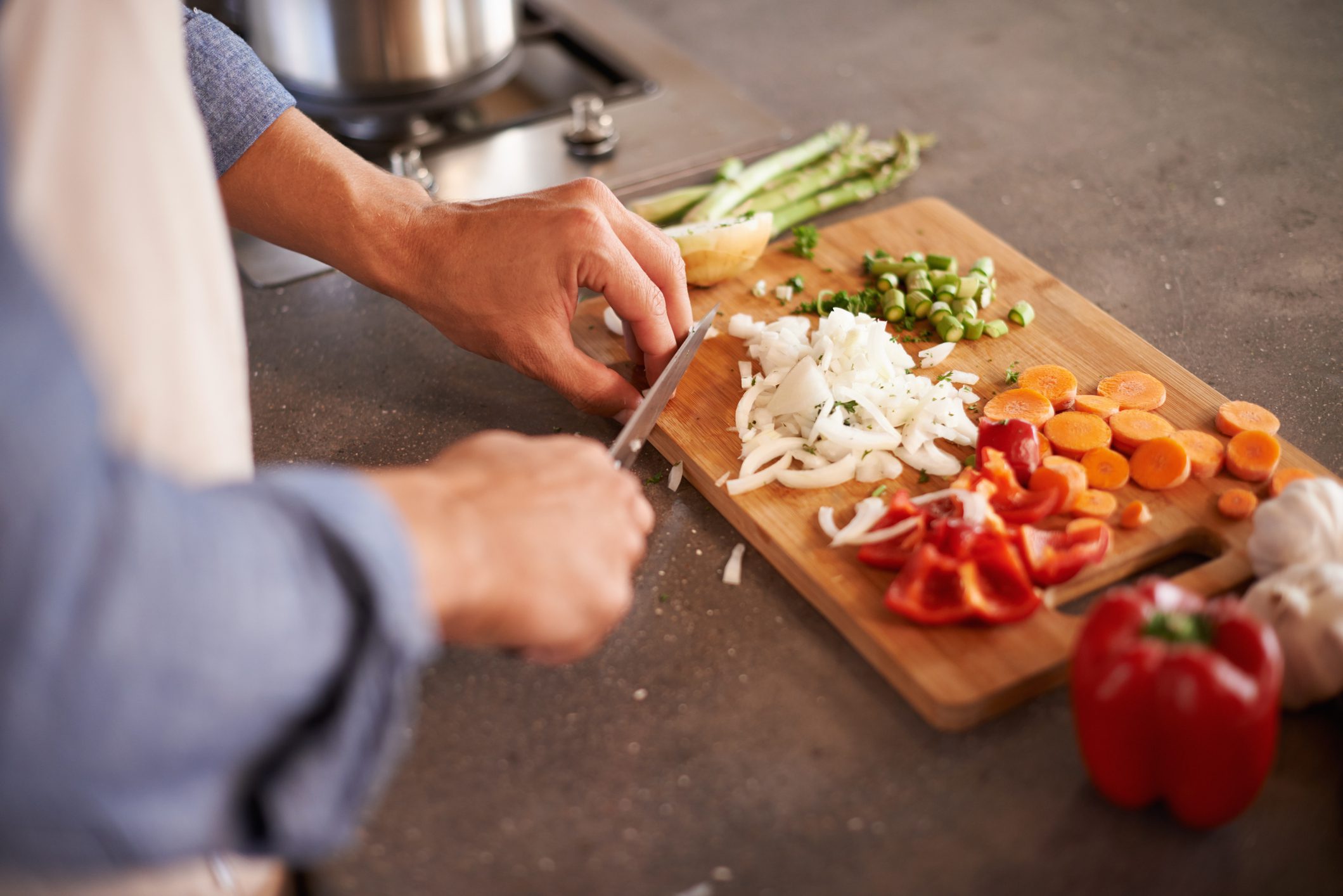
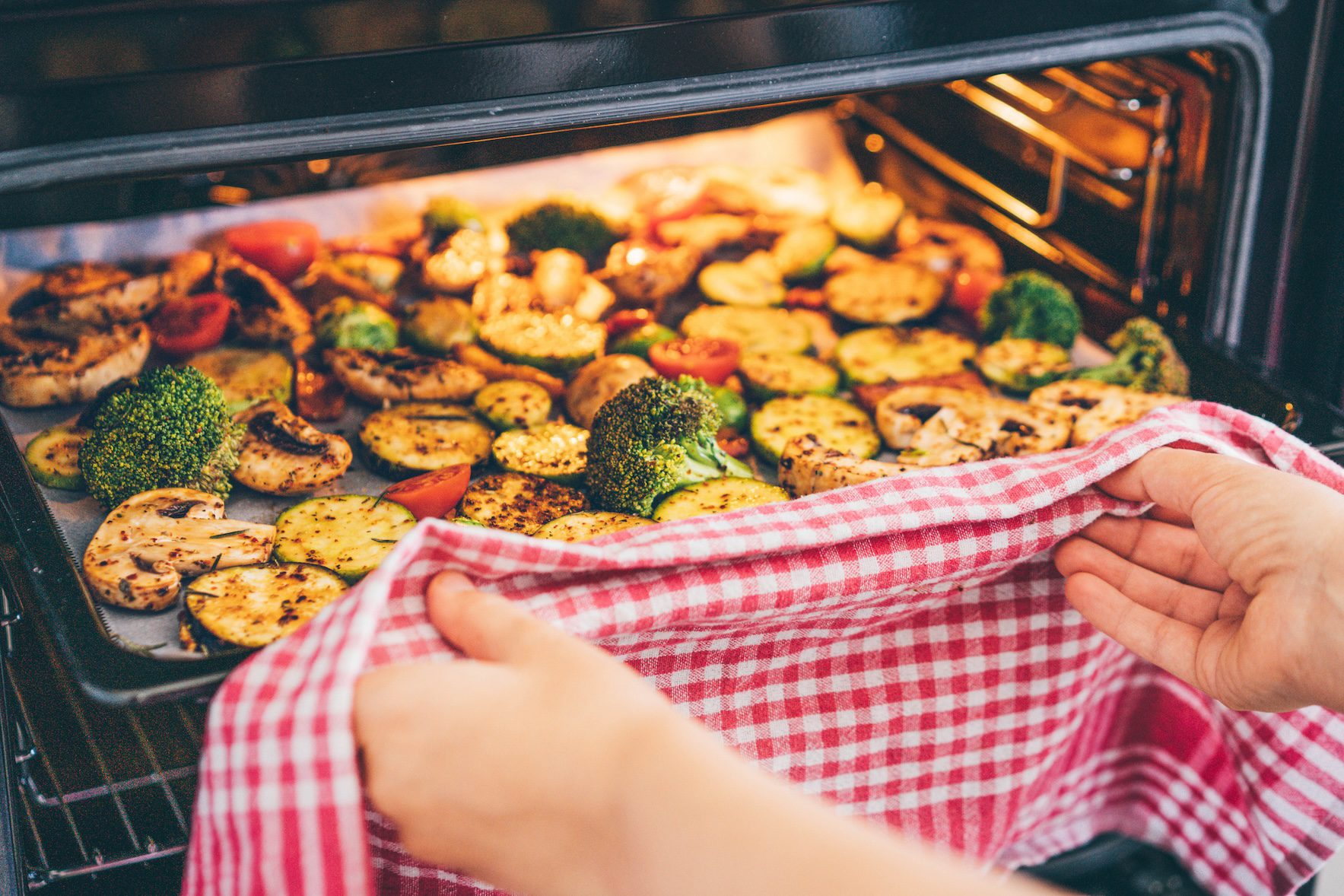
Shelf stacking
Make the most of the heat when you do use the oven. Batch cook a lot of the same meal to freeze for future use (reheating uses less energy than cooking from scratch each time). Or make easy dishes to fill up the shelves, such as flapjacks or oil-drizzled vegetables. Jacket potatoes or vegetable wedges can fit around other items, and these pre-cooked ingredients can make mid-week meals easier to prepare. When using an electric oven, turn it off 10 minutes early as the temperature remains constant and will continue to cook the food. If your oven isn’t full, toast nuts, seeds and chickpeas or dehydrate fruit slices in those last minutes.
ALL IMAGES © GETTY
More ways to make a daily difference
Calculate your impact then track your progress as you reduce your environmental footprint with our My Footprint app.
More to explore
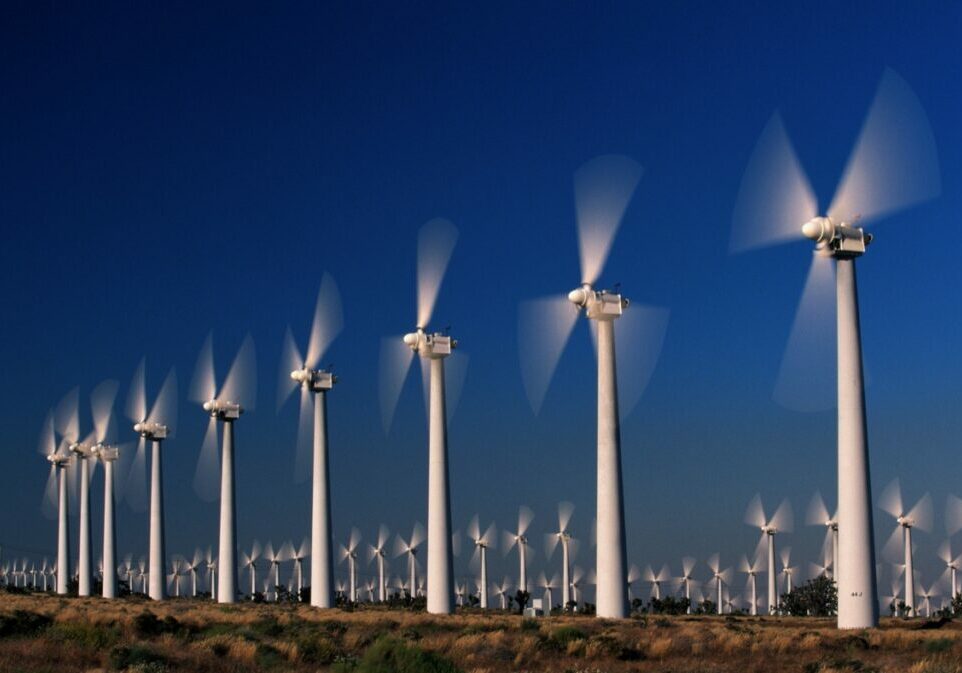
Give your home energy use an eco-boost
Discover the forecasting tools that will let you know when you can power your home with renewable energy rather than fossil fuels
